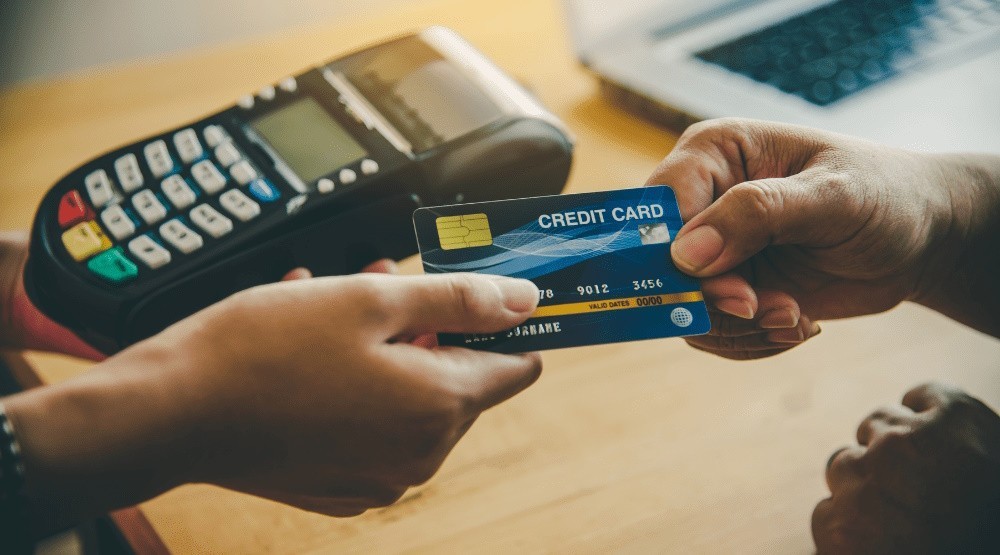Credit card debt is up—and it’s taking longer to pay down

From fuel and groceries to hotels and airline tickets, consumers are putting more purchases on credit cards—and taking longer to pay them off.
The four biggest U.S. banks reported higher credit card spending in 2023 compared with the previous year. In fact, since 2020, credit card spending has steadily increased at three of the four. The exception is Citigroup, where credit card spending hit a recent peak in 2021.
At JPMorgan Chase, the nation’s largest bank, credit card spending was up 9% in 2023 to $1.2 trillion. At Wells Fargo, spending was up 15%.
Delinquency rates have also been on a steady rise since 2021.
Customers aren’t paying off their charges as quickly as they used to. Credit card loans, or unpaid balances on accounts, jumped 14% at JPMorgan compared with a year earlier and 9% at Bank of America. Credit card loans were also up at Citigroup and Wells Fargo.
In aggregate, credit card loans at the four banks grew faster than spending in 2023. The unpaid balances also surpassed 2019 levels for the first time, showing that consumers are putting more purchases on cards and taking longer to pay off their bills than they were before the pandemic.
In theory, this is good for the banks that charge interest on consumers who carry a balance. But rising card balances could be a sign of worsening financial pain for consumers and the economy.
While banking executives maintained that consumers today are fine—pointing to a strong labor market as a sign that they can pay off higher credit card balances—rising delinquencies could indicate that consumers are struggling to pay higher bills.
“Consumers have been spending more than they’re taking in,” said JPMorgan Chief Financial Officer Jeremy Barnum during an earnings call with analysts. It will be important to see how they adjust in 2024 as cash buffers—previously padded from pandemic stimulus checks and student loan pauses—are spent down, Barnum said.
Consumer deposits at the four banks declined in 2023. At JPMorgan, deposits in the consumer banking unit were down 3%, while deposits in Citigroup’s U.S. consumer banking arm fell 8%.
Consumer deposits fell 8% at Bank of America and 9% at Wells Fargo.
The deposit decline is partly from customers’ moving their money to higher-yielding alternatives, Wells Fargo executives said. Still, they acknowledged that lower-income households are feeling squeezed.
“The further you go down in income levels or the further you go down in wealth levels, the cumulative impact of inflation has really taken a toll,” said Wells Fargo CFO Michael Santomassimo. “In some cases, they have been having to build bigger credit card balances.”








